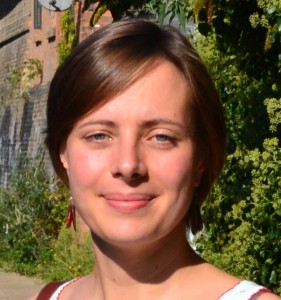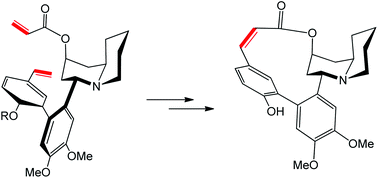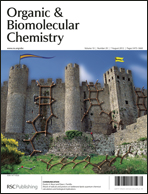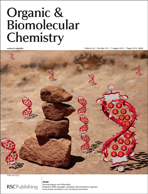This month sees the following articles in Organic & Biomolecular Chemistry that are in the top ten most accessed:
Efficient iodine catalyzed three components domino reaction for the synthesis of 1-((phenylthio)(phenyl)methyl)pyrrolidin-2-one derivatives possessing anticancer activities
Gunasekar Ramachandran, Natesan S. Karthikeyan, Periyasamy Giridharan and Kulathu I. Sathiyanarayanan
Org. Biomol. Chem., 2012, 10, 5343-5346
DOI: 10.1039/C2OB25530H
A BODIPY-based colorimetric and fluorometric chemosensor for Hg(II) ions and its application to living cell imaging
Mani Vedamalai and Shu-Pao Wu
Org. Biomol. Chem., 2012, 10, 5410-5416
DOI: 10.1039/C2OB25589H
Copper-catalyzed domino coupling reaction: an efficient method to synthesize oxindoles
Jen-Chieh Hsieh, An-Yi Cheng, Jun-Hao Fu and Ting-Wei Kang
Org. Biomol. Chem., 2012, 10, 6404-6409
DOI: 10.1039/C2OB26110C
Asymmetric formal synthesis of schulzeines A and C
Jaebong Jang, Jong-Wha Jung, Jaeseung Ahn, Jaehoon Sim, Dong-Jo Chang, Dae-Duk Kim and Young-Ger Suh
Org. Biomol. Chem., 2012, 10, 5202-5204
DOI: 10.1039/C2OB25772F
Chiral quaternary phosphonium salts: a new class of organocatalysts
Dieter Enders and Thanh Vinh Nguyen
Org. Biomol. Chem., 2012, 10, 5327-5331
DOI: 10.1039/C2OB25823D
Total synthesis of indole-3-acetonitrile-4-methoxy-2-C-β-D-glucopyranoside. Proposal for structural revision of the natural product
Akop Yepremyan and Thomas G. Minehan
Org. Biomol. Chem., 2012, 10, 5194-5196
DOI: 10.1039/C2OB25821H
Enantioselective synthesis of 3,3′-dihydropyrryl-spirooxindoles via an organocatalytic three-component reaction
Wen-Tao Wei, Chun-Xia Chen, Rui-Jiong Lu, Jin-Jia Wang, Xue-Jing Zhang and Ming Yan
Org. Biomol. Chem., 2012, 10, 5245-5252
DOI: 10.1039/C2OB25629K
A convergent stereocontrolled total synthesis of (–)-terpestacin
Yehua Jin and Fayang G. Qiu
Org. Biomol. Chem., 2012, 10, 5452-5455
DOI: 10.1039/C2OB25940K
A cyanine based fluorophore emitting both single photon near-infrared fluorescence and two-photon deep red fluorescence in aqueous solution
Lu Wang, Jiefu Jin, Xishan Chen, Hai-Hua Fan, Billy King Fai Li, Kok-Wai Cheah, Ning Ding, Shenghong Ju, Wing-Tak Wong and Cong Li
Org. Biomol. Chem., 2012, 10, 5366-5370
DOI: 10.1039/C2OB25619C
Transition metal-catalyzed fluorination of multi carbon–carbon bonds: new strategies for fluorinated heterocycles
Guosheng Liu
Org. Biomol. Chem., 2012, 10, 6243-6248
DOI: 10.1039/C2OB25702E
Why not take a look at the articles today and blog your thoughts and comments below.
Fancy submitting an article to Organic & Biomolecular Chemistry? Then why not submit to us today or alternatively email us your suggestions.
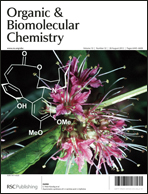 Issue 32 is now published, read it here today!
Issue 32 is now published, read it here today!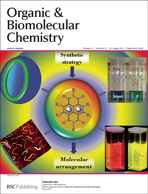 The inside cover (left) is courtesy of Sheshanath V. Bhosale et al. whose Emerging area review provides an update on the progress in the field of core-substituted naphthalenediimides from 2010, covering supramolecular chemistry, sensors, photo-induced electron transport in artificial photosystems, and solar cell applications.
The inside cover (left) is courtesy of Sheshanath V. Bhosale et al. whose Emerging area review provides an update on the progress in the field of core-substituted naphthalenediimides from 2010, covering supramolecular chemistry, sensors, photo-induced electron transport in artificial photosystems, and solar cell applications.










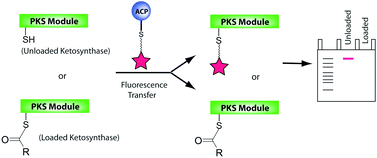
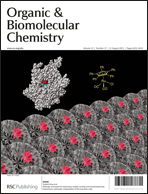
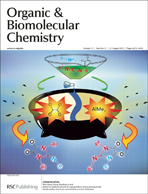
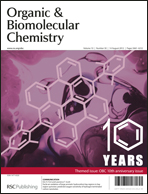
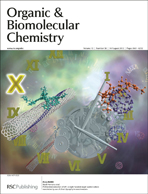
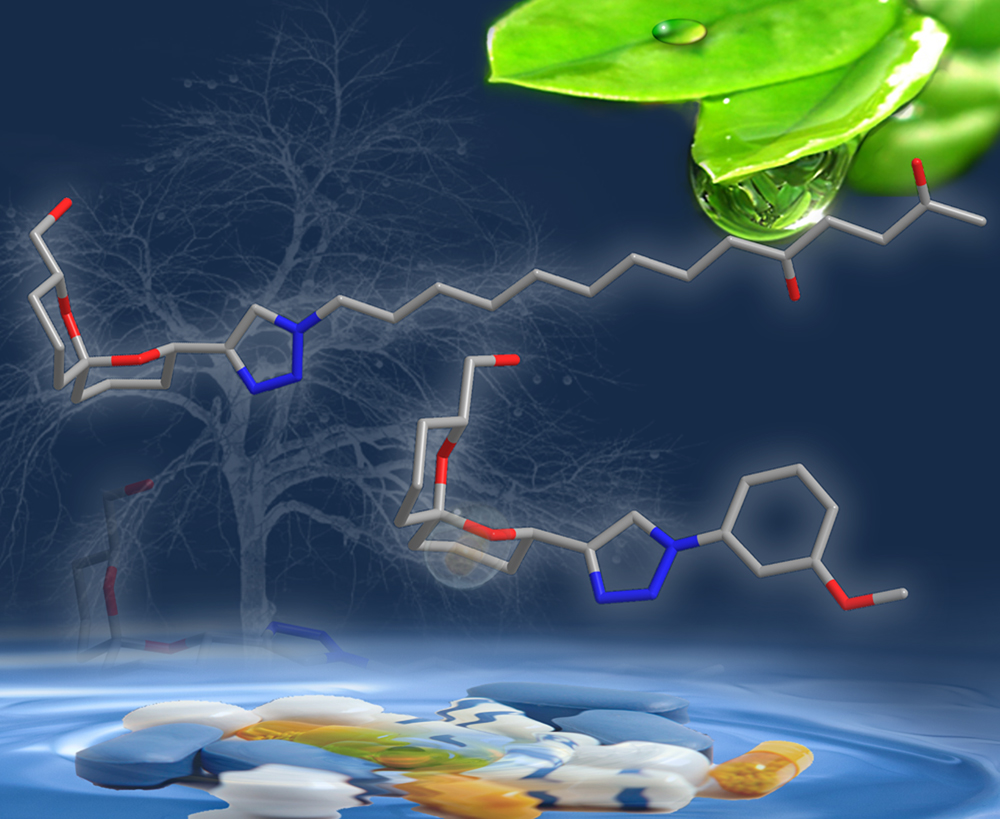
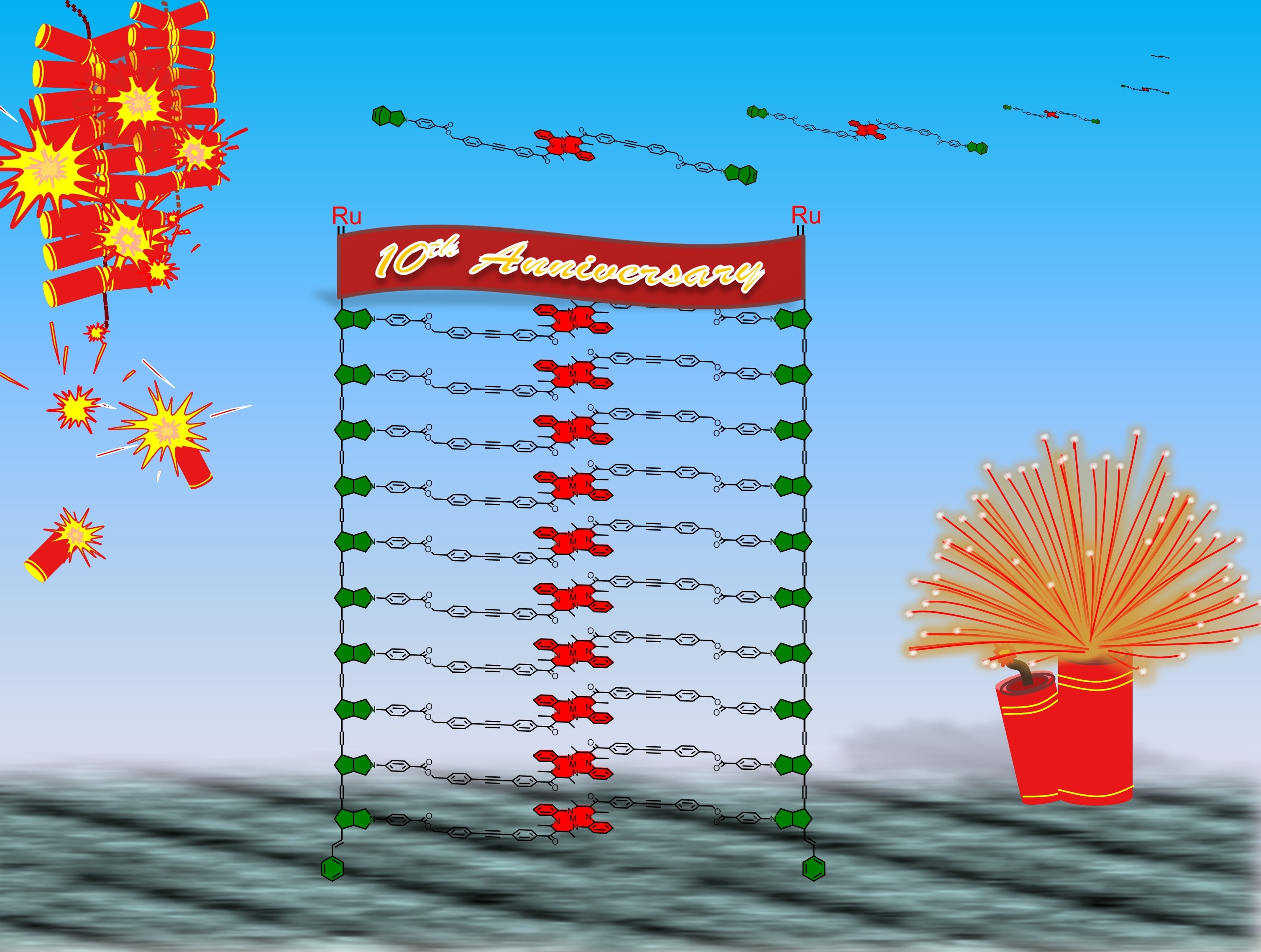
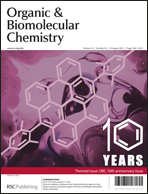
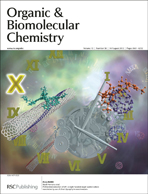
![1322646417BOSS13-webbanner-875x100[1]](https://blogs.rsc.org/ob/files/2012/07/1322646417BOSS13-webbanner-875x10011.jpg)
